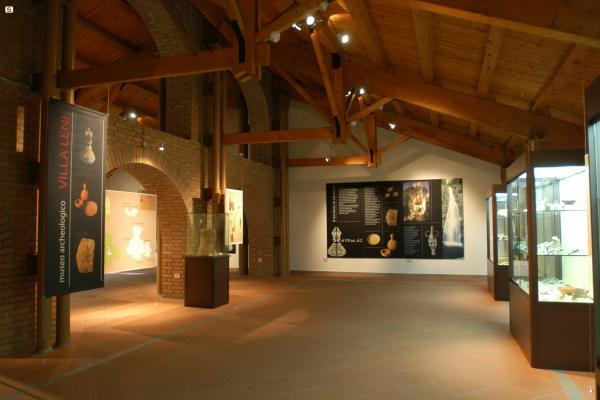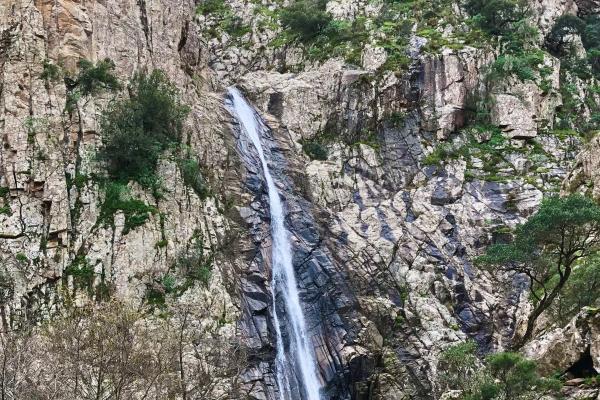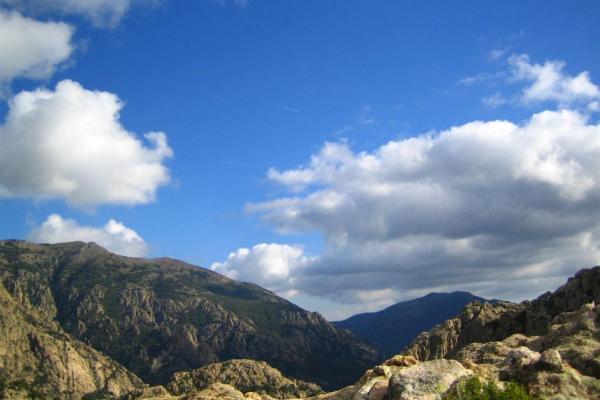Once a 'mountain village', famous for the healthy air, now a modern little town that maintains its agricultural and pastoral traditions and produces excellent olive oil, wines, from which a fine liquor is made, and cherries, to which a famous feast is dedicated in June. Villacidro, a large town in the Medio Campidano province with 14 thousand inhabitants, stands where the plain makes way for the spurs of Monte Linas. Its wealth is its natural beauty, including: the valleys of Coxinas and Villascema, lush woods, among which the forest of Montimannu, dolomitic landscapes, meadows of asphodel and hills covered with Mediterranean scrub. The territory is filled with torrents that form spectacular waterfalls. The most famous, a holiday destination of the poet Gabriele D'Annunzio, is sa Spendula, a 'blade' of water that splits the rock between oleanders and holm oaks, making three consecutive drops. Along the trails of the Monte Linas-Oridda plateau-Marganai complex, a park ideal for trekking, tours by bike or on horseback, the show goes on with the waterfalls of the Linas rivulet, Piscina Irgas, that plunges after a drop of 45 metres, and Muru Mannu (in the territory of Gonnosfanadiga), the most impressive on the Island (70 metres high).

City
An important town in the Medio Campidano province, 45 kilometres from Cagliari, in southwestern Sardinia, famous for its natural beauty and high-quality agri-food products
An important town in the Medio Campidano province, 45 kilometres from Cagliari, in southwestern Sardinia, famous for its natural beauty and high-quality agri-food products
See this place because...
It is a perfect mixture of nature and culture: mountains and deep valleys, forests and waterfalls, centuries-old traditions and historical buildings, evocative festivities and excellent agricultural products




















